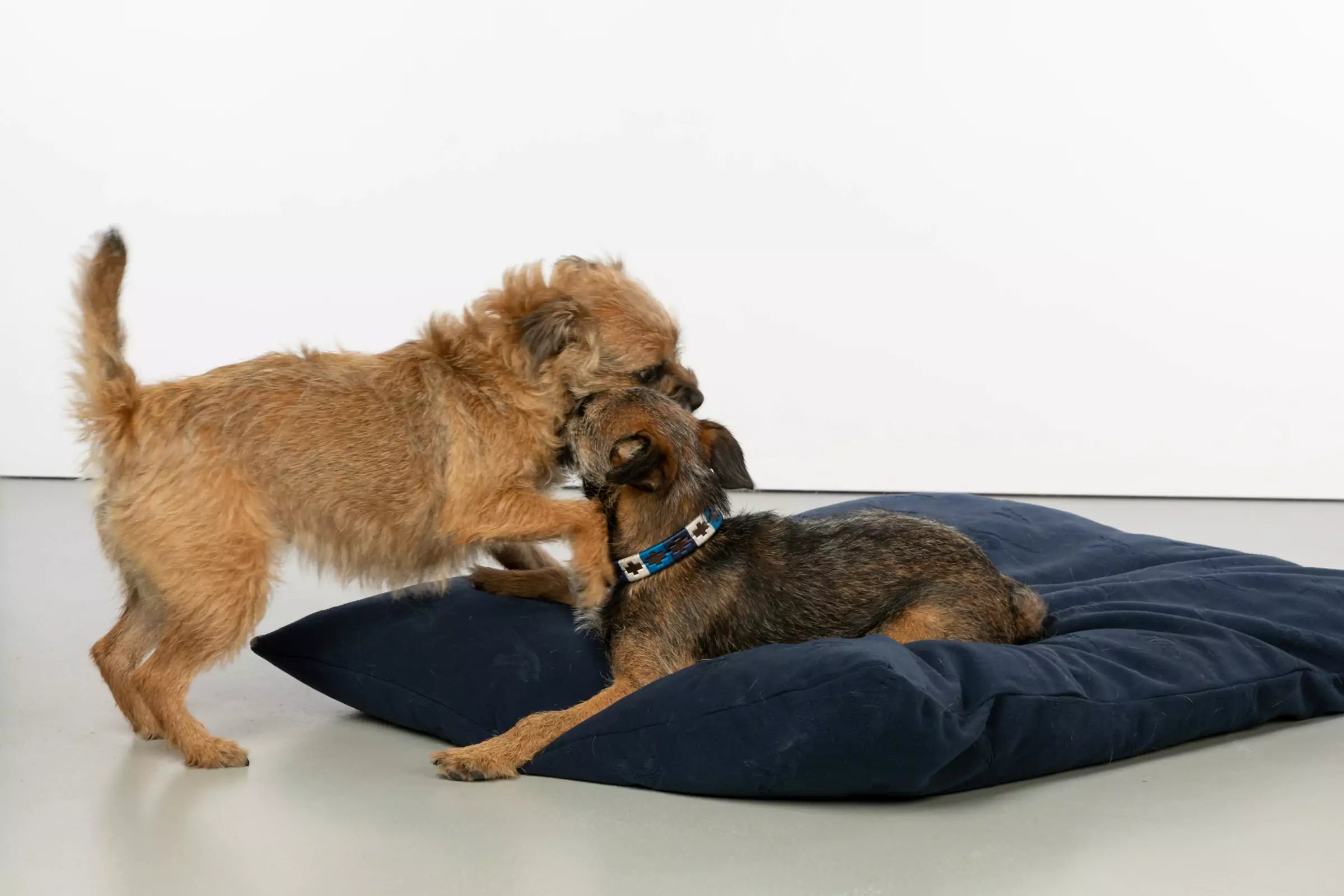3 Basic Commands Every Dog Parent Should Master

As a dog parent, you know that raising a happy, well-behaved pup is one of the most rewarding parts of life. But let’s face it, sometimes our furry friends need a little guidance to bring out their best selves. Teaching them a few simple commands isn’t just about following rules; it’s about creating a loving bond built on trust, safety, and mutual respect.
In this guide, let’s explore three essential commands that can help you and your pup live more harmoniously together. Whether you’re dealing with a curious puppy or a spirited adult dog, these basic commands are the foundation of good behavior and can make your life together more enjoyable and less stressful.
1. The “Sit” Command: Building Focus and Calm

Teaching your dog to sit is one of the most useful commands, and it’s usually the first one most dog parents teach. A dog that knows how to sit is easier to manage in public spaces, at home, and during mealtime. Plus, it helps channel their energy and focus, which is great for training and building patience.
Why "Sit" Matters:
- Encourages Calmness: When your dog sits, they’re less likely to jump, bark, or get overly excited.
- Builds Discipline: This command helps your pup learn impulse control, especially if they tend to get distracted easily.
- Safety: In busy or chaotic situations, “sit” can keep them out of harm’s way and help prevent accidents.
How to Teach “Sit”:
- Get Their Attention: Start by holding a treat close to their nose.
- Move the Treat Back: Slowly move the treat up and over their head. This usually causes them to lower their back into a sitting position.
- Say “Sit”: As soon as they sit, say “sit” in a clear, friendly tone and give them the treat.
- Praise and Repeat: Praise them with love and excitement, then practice a few times until they start sitting without the treat as motivation.
Troubleshooting Tips:
- If they struggle to sit, make sure you’re guiding them patiently and using positive reinforcement. Dogs can pick up on frustration, so stay calm and encouraging.
- Practice regularly but in short bursts—consistency is key to mastering any command.
2. The “Stay” Command: Building Patience and Safety

The “stay” command is a lifesaver in so many situations. It’s perfect for moments when you need to keep your pup from bolting through the door, running into a busy street, or simply waiting patiently while you take care of something.
Why "Stay" is Important:
- Prevents Dangerous Situations: The “stay” command is essential for keeping them safe, especially in unexpected or potentially risky scenarios.
- Builds Self-Control: It teaches patience and helps them understand boundaries.
- Creates Peace of Mind for You: When you can trust your dog to stay put, you feel more confident in managing their behavior and safety.
How to Teach “Stay”:
- Begin with Sit: Ask your dog to sit first, as this command pairs well with “stay.”
- Use a Hand Signal: Hold up your hand (like a “stop” signal) and say “stay” in a calm voice.
- Step Back Slowly: Take a step back. If they remain sitting, give them a treat and praise.
- Increase Distance Gradually: Slowly increase the distance over time. Reward them every time they successfully stay put.
- Release Command: Say “okay” or “come” to signal that they’re free to move.
Common Challenges and Solutions:
- If your pup has a hard time staying still, start with just a one-second stay and reward immediately. Gradually extend the time.
- Practice in different locations to reinforce the behavior, as dogs can learn that “stay” applies to all settings.
3. The “Come” Command: Building Trust and Safety

“Come” is perhaps the most critical command every dog should know. It’s your way of calling them back to you in any situation, whether they’ve gotten too far ahead on a walk or you simply want them by your side. Teaching “come” helps build a strong bond of trust and shows your dog that being with you is the best place to be.
Why "Come" is Essential:
- Immediate Safety: In an emergency, a reliable “come” can protect them from danger.
- Strengthens Bonding: “Come” reinforces that you’re a safe place and rewards them for being near you.
- Allows for Freedom: When they know how to “come” back to you, you can feel more confident giving them freedom in safe, open spaces.
How to Teach “Come”:
- Start Indoors: Begin training in a quiet, distraction-free environment like your home.
- Use a Cheerful Tone: Say “come” in a friendly, enthusiastic tone. Dogs respond well to positivity!
- Encourage with a Treat: As they start moving toward you, offer a treat or toy as motivation.
- Praise and Reward: When they reach you, praise them and give them the treat. Make it a happy, positive experience.
- Practice Outdoors: Once they’re reliable indoors, move outside and practice “come” in various settings.
Tips for Success:
- Make “come” fun! Try not to only use it when you’re about to end something they enjoy, like a walk. Mix it into daily play so they associate “come” with good things.
- If they’re easily distracted, start on a leash or long lead outdoors until they’re more consistent.
Final Thoughts: Building a Bond Beyond Commands
Mastering these three basic commands—“sit,” “stay,” and “come”—is just the beginning of a beautiful relationship with your dog. These simple cues not only make everyday life easier but also help build a bond based on trust, love, and understanding. Remember, training is as much about bonding as it is about behavior.
As you teach these commands, remember to be patient, celebrate small wins, and enjoy the journey. Being a dog parent is all about partnership and mutual respect. By putting in the time and love, you’ll create a joyful, safe, and positive environment where your dog can thrive.
FAQs
1. How long does it take for a dog to learn basic commands?
Each dog learns at their own pace, but with regular, short sessions, most dogs can grasp these commands in a few weeks.
2. What should I do if my dog doesn’t respond to a command?
Be patient and make sure you’re in a quiet environment free from distractions. Sometimes, it just takes more practice or trying different rewards.
3. Can older dogs learn these commands?
Absolutely! Older dogs are very capable of learning new tricks. The key is patience and consistency.
4. What if my dog only obeys commands at home?
Practicing in various settings helps your dog understand that commands apply everywhere, not just at home.
5. How often should I train my dog?
Short, daily sessions work best. Even five to ten minutes a day can make a big difference over time.















Share:
What to Do if Your Dog Has Bad Breath
When Should I Switch My Dog to Senior Dog Food?